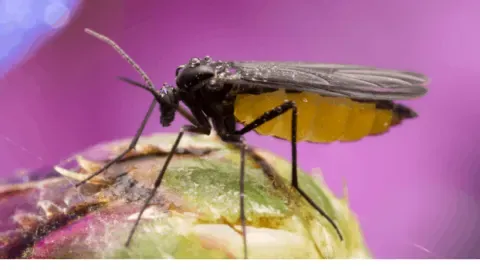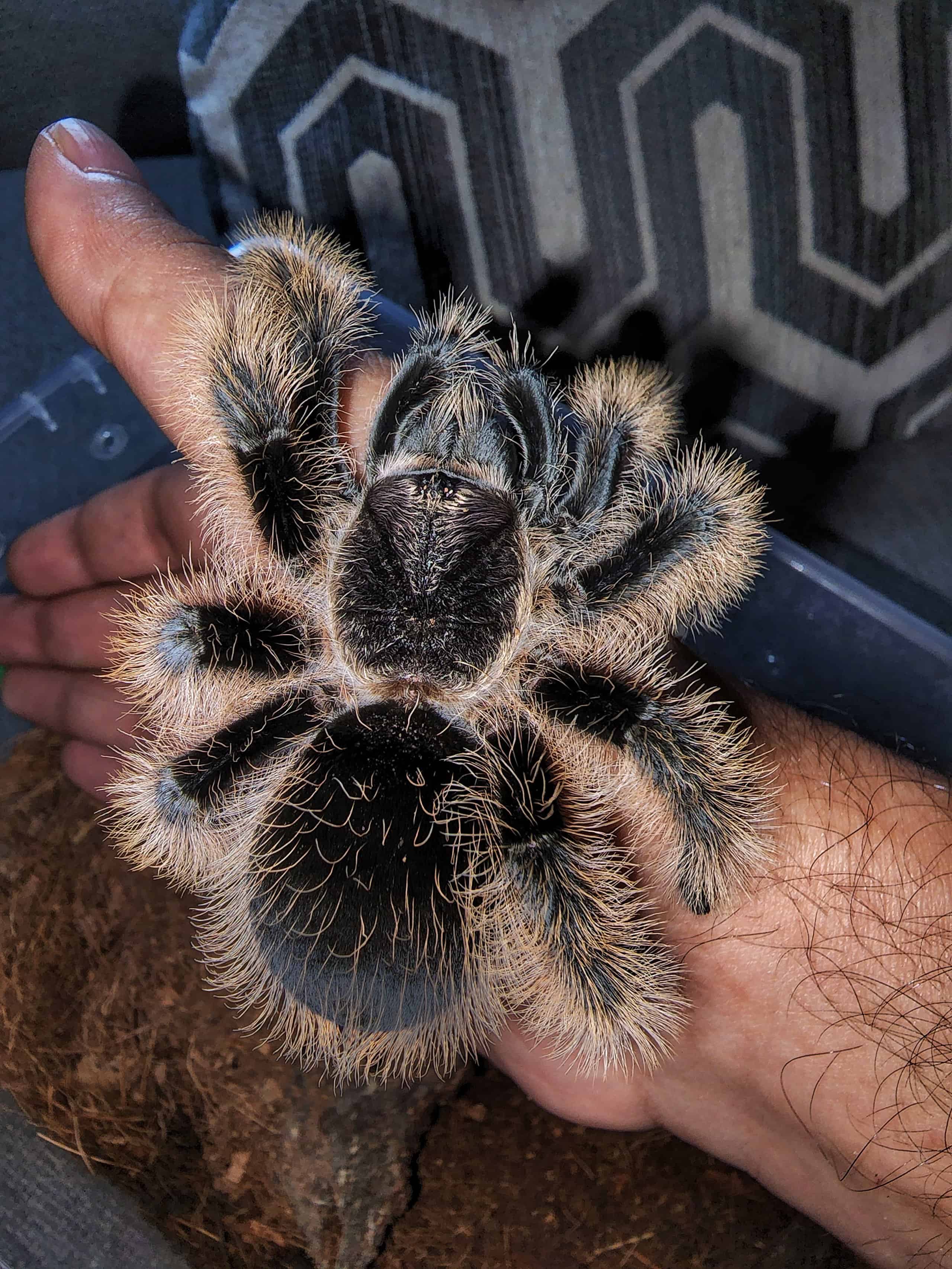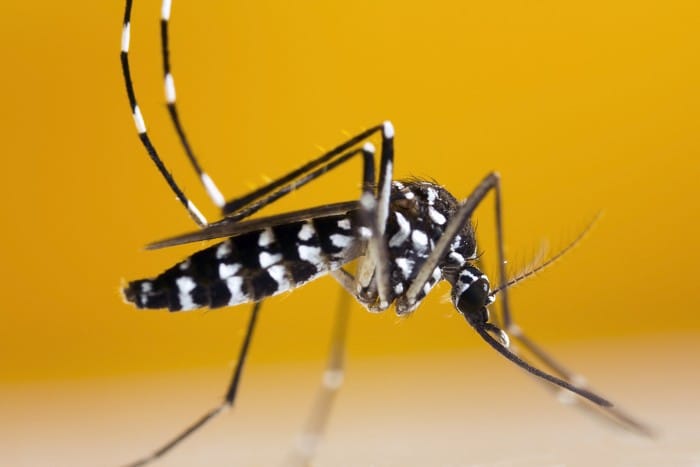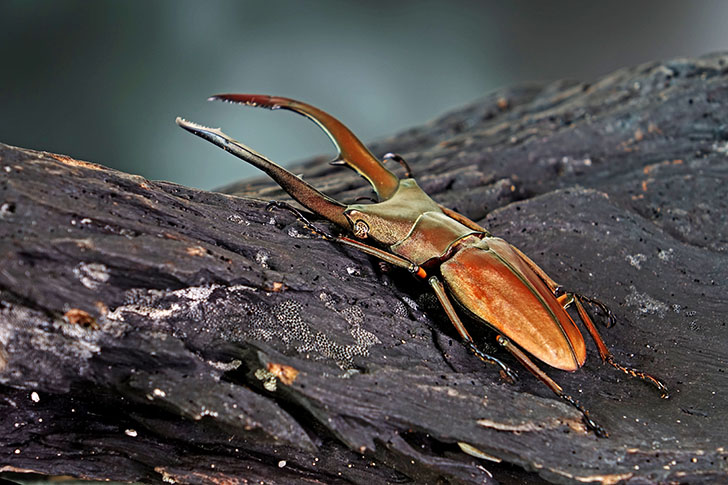Effective Ways to Eliminate Gnats in Your Home and Garden

Understanding Gnats
Gnats are tiny flying insects that belong to the dipterid suborder Nematocera. They are usually found in large numbers and can be a nuisance due to their presence.
What Attracts Gnats?
Gnats are attracted to:
- Moisture: Gnats thrive in humid environments and can often be found near sources of water.
- Sweet scents: Gnats are drawn to sweet-smelling substances like fruit, soda, and perfume.
- Warm environments: Gnats are more active in warm temperatures, typically above 20°C (68°F).
Where to Find Gnats
Gnats can be found in:
- Homes: Gnats can enter homes through open windows, doors, or on plants.
- Gardens: Gnats are commonly found near plants, especially those with moist soil or decaying organic matter.
- Near plants: Gnats can be found on or near plants, particularly those with high moisture levels or sweet-tasting sap.
Types of Gnats
Gnats are tiny flying insects that can be found in homes and gardens, and they come in different types. Understanding the types of gnats is crucial to effectively eliminating them. Here are some of the most common types of gnats:
Fungus Gnats
Fungus gnats are commonly found near overwatered plants and thrive in moist environments. They lay their eggs in the soil, and the larvae feed on fungi and plant roots, causing damage to plants. To get rid of fungus gnats, allow the soil to dry out between waterings and improve air circulation around plants.
Fruit Gnats
Fruit gnats are attracted to sweet scents and can be found near fruit bowls or garbage cans. They lay their eggs near fermenting or decaying fruit, and the larvae feed on the fruit's pulp. To eliminate fruit gnats, dispose of overripe or rotting fruit, and take out the trash regularly.
Drain Gnats
Drain gnats live in sink drains and thrive in moist environments. They lay their eggs in the gel-like substance that forms in sink drains, and the larvae feed on microorganisms and organic matter. To get rid of drain gnats, pour baking soda and vinegar down the drain, followed by hot water.
Getting Rid of Gnats
Gnats can be a nuisance in your home and garden, but there are effective ways to eliminate them. Here are some methods to help you get rid of gnats:
Use Insecticidal Soap or Neem Oil
Insecticidal soap or neem oil can be used to kill gnats. These natural pesticides work by breaking down the gnat's exoskeleton and dehydrating them. Mix the soap or oil with water according to the label instructions and spray it directly on the gnats or areas where they are present.
Eliminate Standing Water and Moisture
Gnats thrive in moist environments, so eliminating standing water and reducing humidity can help prevent infestations. Check your home for any areas where water may be collecting, such as sink drains, flower vases, and pet water bowls. Regularly clean and dry these areas to prevent gnats from laying eggs.
Use Yellow Sticky Traps or UV Light Traps
Yellow sticky traps or UV light traps can be used to capture gnats. Gnats are attracted to the color yellow and UV light, so placing these traps near areas where gnats are present can help capture them. Replace the traps regularly to ensure effectiveness.
Seal Entry Points and Use Screens
Gnats can enter your home through open windows, doors, or vents, so sealing entry points and using screens can help prevent them from entering. Install window and door screens, and repair any torn screens to keep gnats out. Use caulk or weatherstripping to seal any gaps around windows, doors, and vents.
Preventing Gnat Infestations
Preventing gnat infestations is crucial to maintaining a healthy and pest-free home and garden. By following these effective tips, you can significantly reduce the likelihood of gnats taking over your space.
Don't Overwater Plants
Overwatering is a common mistake that can lead to gnat infestations. When the soil is consistently waterlogged, it creates an ideal breeding ground for gnats. Check the soil regularly, and only water your plants when the top inch of soil feels dry to the touch. This simple practice can go a long way in preventing gnat infestations.
Remove Dead Material and Debris
Dead plant material, leaves, and debris can accumulate and create a haven for gnats. Regularly clean up dead leaves, stems, and flowers, and dispose of them properly. This will help eliminate potential breeding sites and reduce the risk of gnat infestations.
Keep Your Home Clean and Dry
A clean and dry home is less likely to attract gnats. Regularly vacuum and dust surfaces, especially around plants, to remove any debris or moisture. Ensure good ventilation, and use a dehumidifier if necessary, to maintain a dry environment.
Use Essential Oils to Repel Gnats
Certain essential oils, such as peppermint and lemongrass, have natural gnat-repelling properties. Mix a few drops of the oil with water and spray it around plants or areas where gnats are present. This non-toxic and environmentally friendly method can help keep gnats at bay.














Comments ()